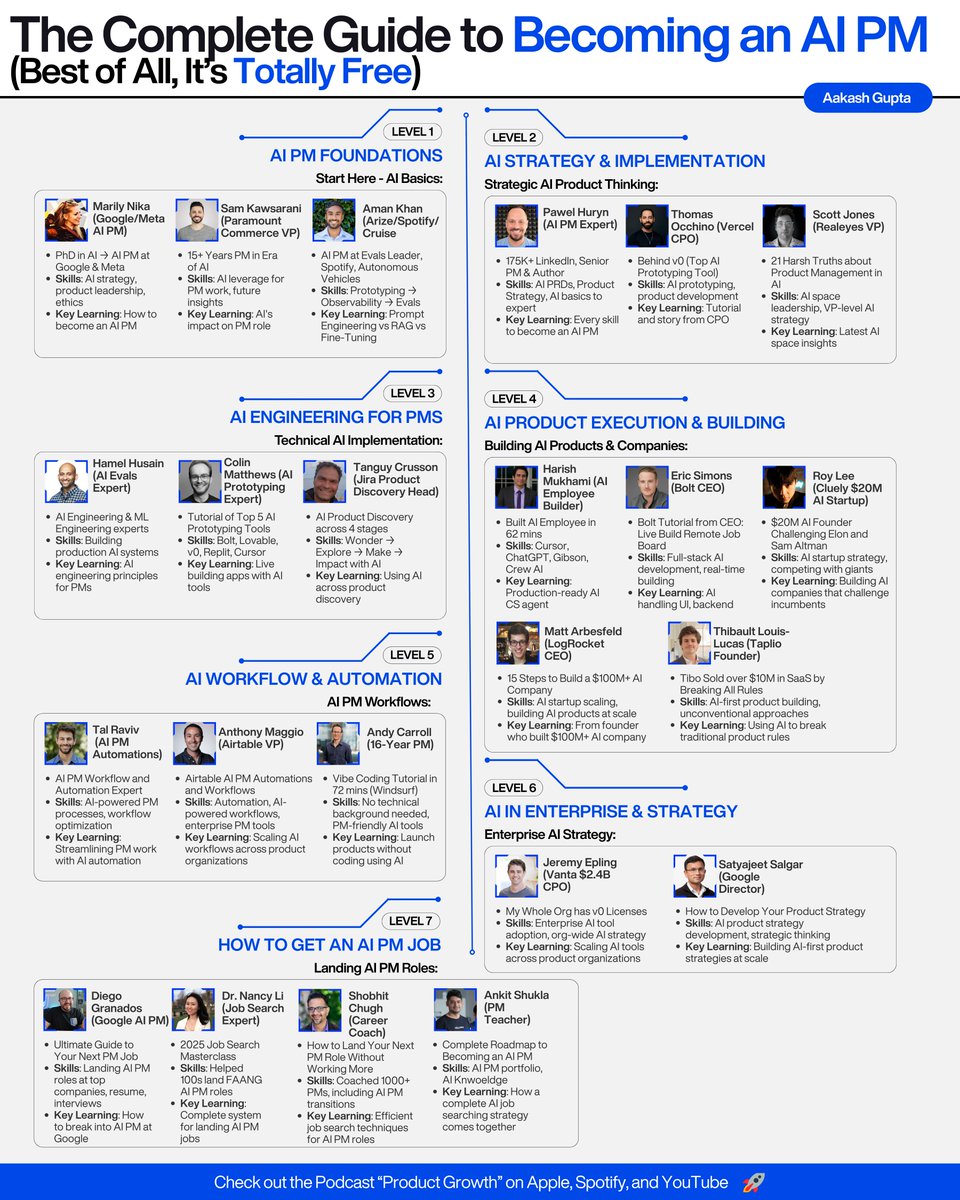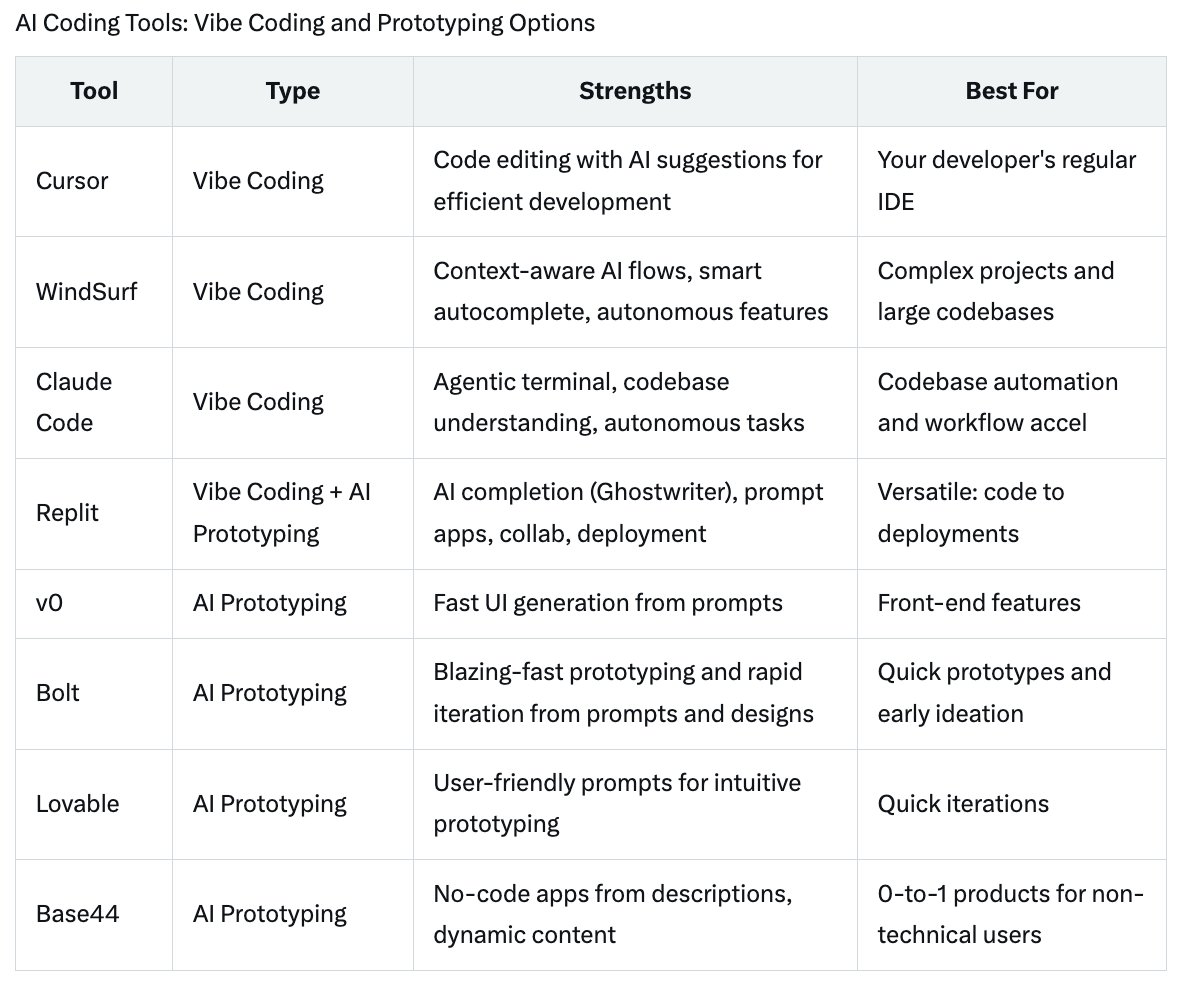If you aren't learning AI, you're falling behind.
Luckily, Harvard (4.5% acceptance rate) & Stanford ($78,898 yearly tuition) offer free courses.
No application or fee required.
Here are 10 FREE courses you don't want to miss:
Luckily, Harvard (4.5% acceptance rate) & Stanford ($78,898 yearly tuition) offer free courses.
No application or fee required.
Here are 10 FREE courses you don't want to miss:
1. Andrew Ng (of Stanford)'s AI for Everyone
The godfather of AI & CS education, Andrew Ng, is doing a live course on Coursera. It's the ultimate introduction.
And it starts TODAY 👇
coursera.org/learn/ai-for-e…
The godfather of AI & CS education, Andrew Ng, is doing a live course on Coursera. It's the ultimate introduction.
And it starts TODAY 👇
coursera.org/learn/ai-for-e…
2. Harvard's CS50
Go from concepts to coding with Python, the lingua franca of AI.
It also starts today 👇
edx.org/course/cs50s-i…
Go from concepts to coding with Python, the lingua franca of AI.
It also starts today 👇
edx.org/course/cs50s-i…
3. Stanford's CS224N
Drive forward your understanding of Natural Language Processing (NLP), the basis of how large language models (LLMs) like GPT-4 work.
Get learning👇
Drive forward your understanding of Natural Language Processing (NLP), the basis of how large language models (LLMs) like GPT-4 work.
Get learning👇
4. Harvard's Data Science: Machine Learning
Apply your skills by getting instructions to build an applied movie recommendation system.
Start building 👇
edx.org/course/data-sc…
Apply your skills by getting instructions to build an applied movie recommendation system.
Start building 👇
edx.org/course/data-sc…
5. Stanford's CS230
Return back to hardcore engineering by now learning about deep learning, once again from the esteemed Andrew Ng.
You're ready 👇
Return back to hardcore engineering by now learning about deep learning, once again from the esteemed Andrew Ng.
You're ready 👇
6. Harvard's Fundamentals of TinyML
Begin to learn about how to drive deep learning all to the edge of networks with embedded machine learning.
Jump in 👇
pll.harvard.edu/course/fundame…
Begin to learn about how to drive deep learning all to the edge of networks with embedded machine learning.
Jump in 👇
pll.harvard.edu/course/fundame…
7. Harvard's Applications of TinyML
See TinyML in practice by building Google Assistant on your phone.
Check here 👇
pll.harvard.edu/course/applica…
See TinyML in practice by building Google Assistant on your phone.
Check here 👇
pll.harvard.edu/course/applica…
8. Harvard's Deploying TinyML
Take your TinyML application to a real-life situation with TensorFlow Lite.
Deploy now 👇
pll.harvard.edu/course/deployi…
Take your TinyML application to a real-life situation with TensorFlow Lite.
Deploy now 👇
pll.harvard.edu/course/deployi…
9. Stanford's CS234
Learn how to build unsupervised AI with reinforcement learning.
Go deep 👇
Learn how to build unsupervised AI with reinforcement learning.
Go deep 👇
10. Stanford's CS330
Conquer the final boss: multi-task and & meta-learning AI.
You got this 👇
Conquer the final boss: multi-task and & meta-learning AI.
You got this 👇
Bonus: Google ML Certification
Now that you've learned from the best schools in the world, cap it all off with Google's free 15-hour certification.
Get certified 👇
developers.google.com/machine-learni…
Now that you've learned from the best schools in the world, cap it all off with Google's free 15-hour certification.
Get certified 👇
developers.google.com/machine-learni…
BONUS: Product Growth Newsletter
Stay up to date on all the trends in AI that matter.
Subscribe now👇
aakashg.com/subscribe-emai…
Stay up to date on all the trends in AI that matter.
Subscribe now👇
aakashg.com/subscribe-emai…
• • •
Missing some Tweet in this thread? You can try to
force a refresh












